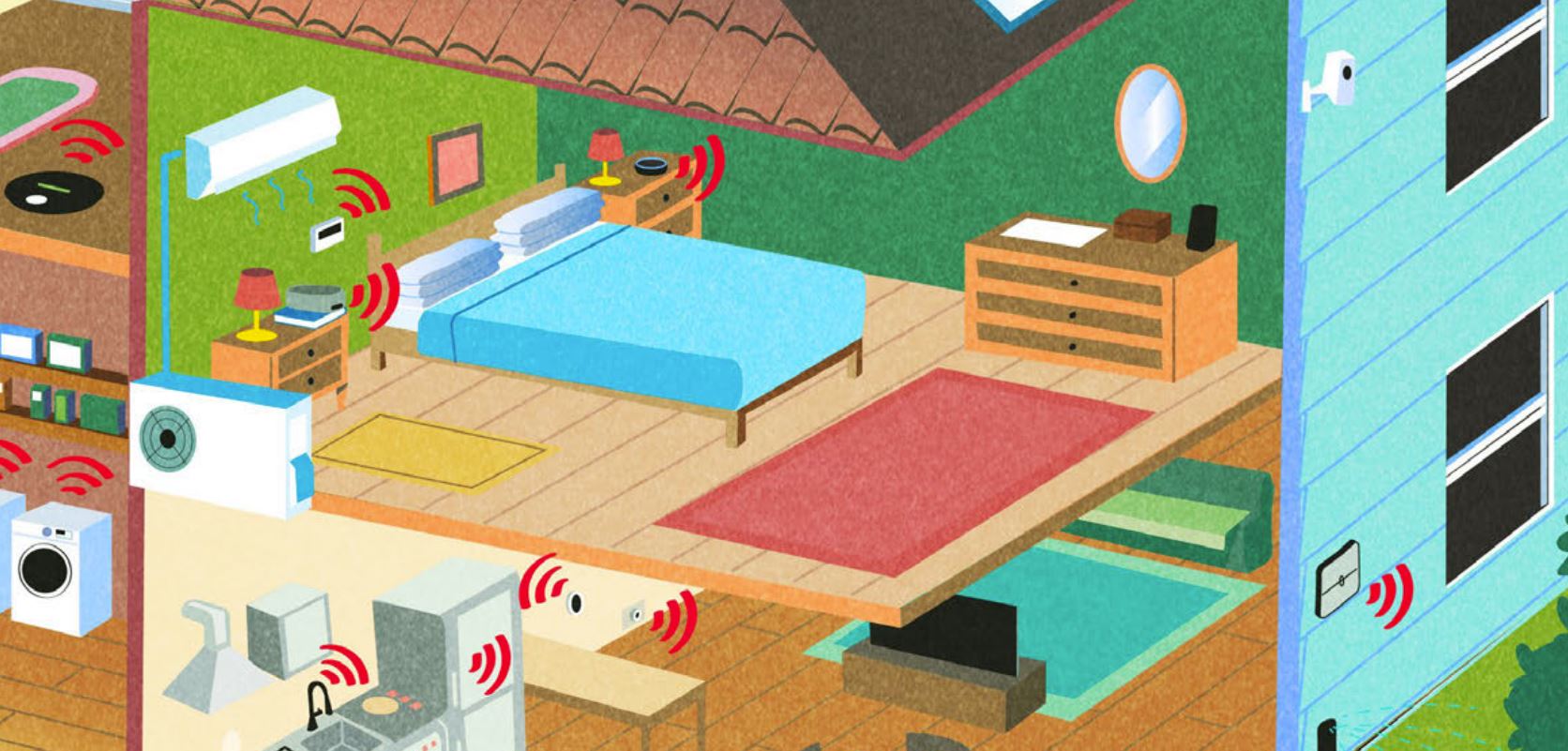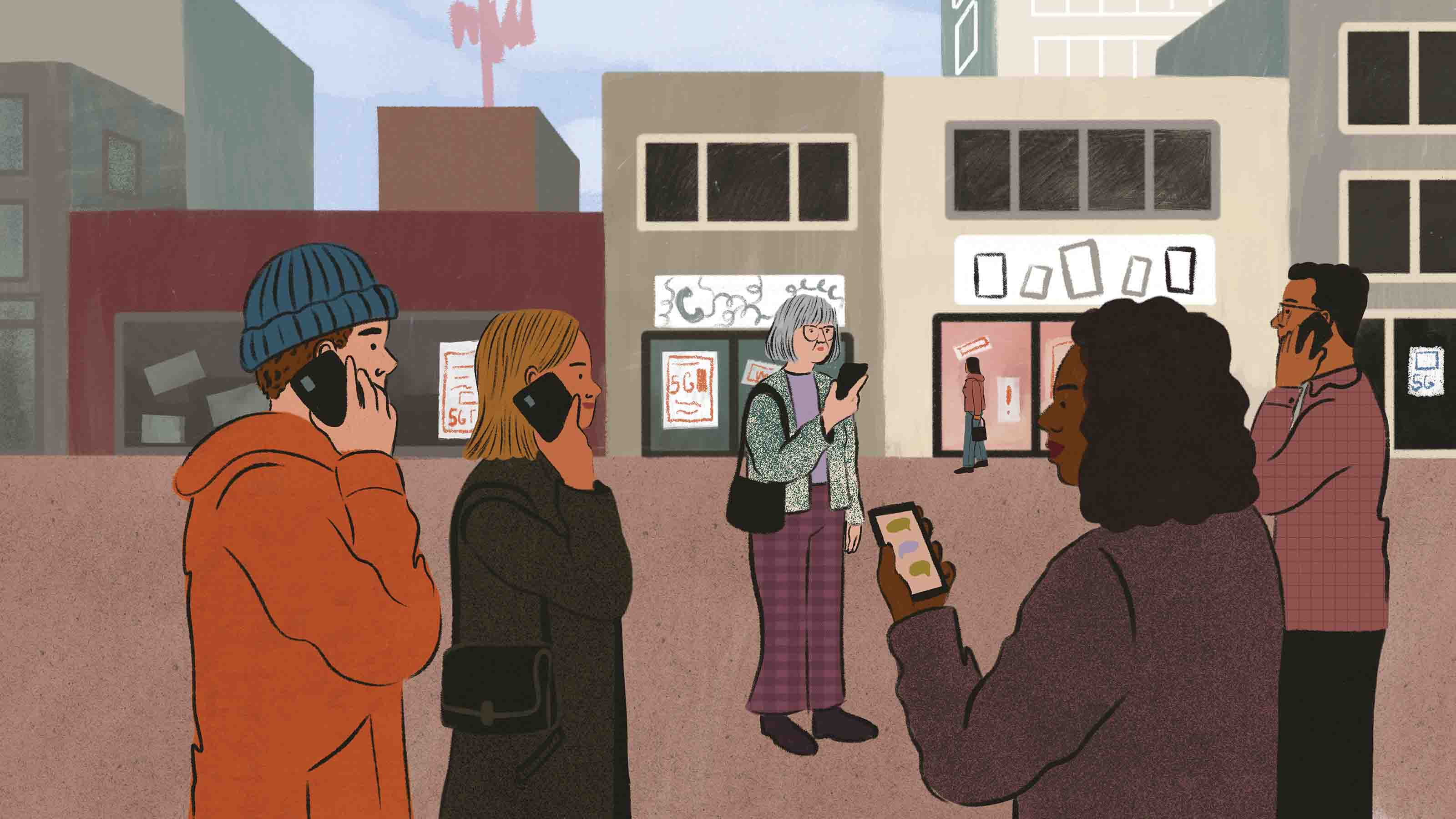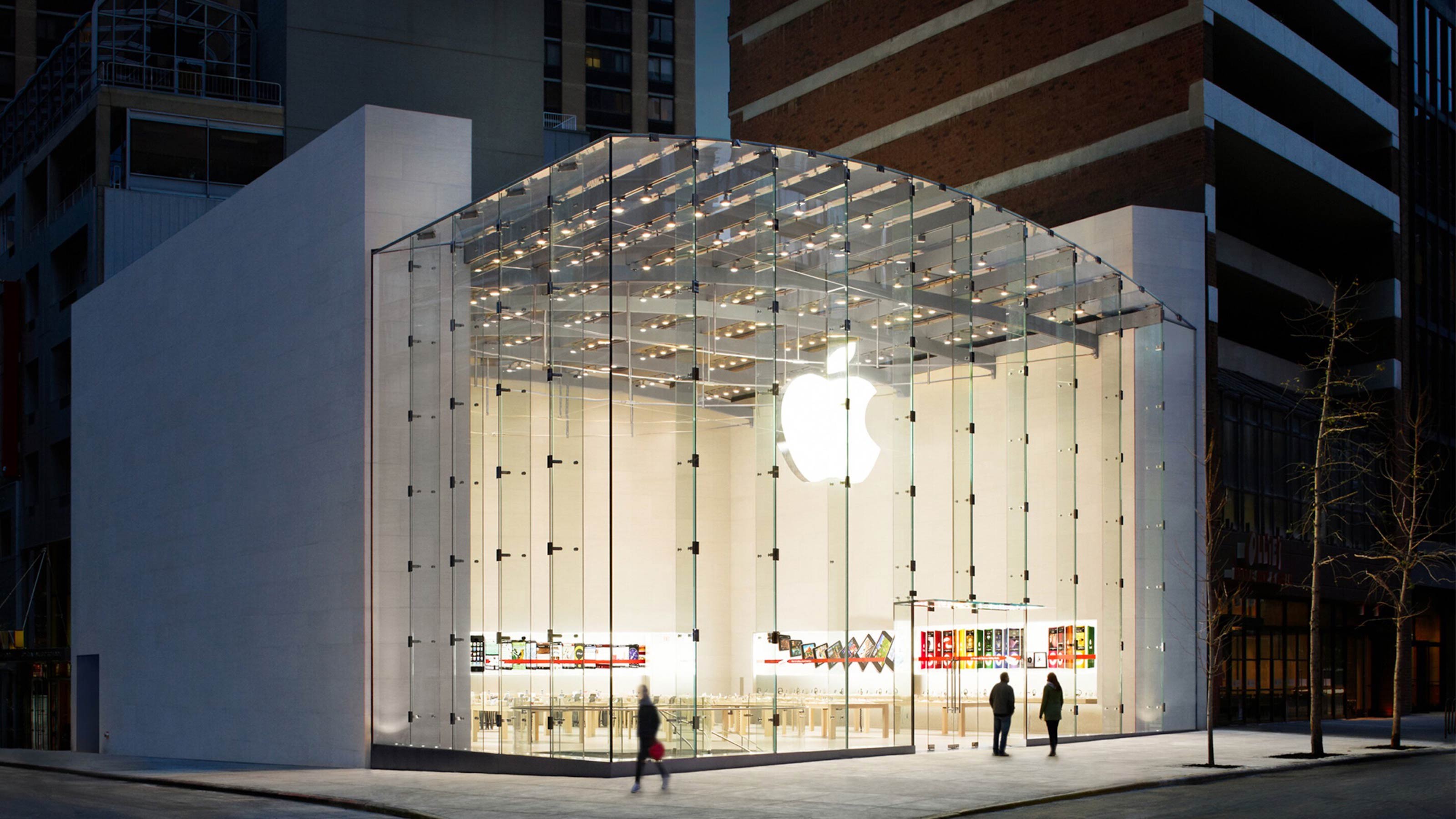Are Speed Cameras a Trap?
Camera placement should be determined by public safety concerns, not revenue potential.

Q. My city contracted with a company to install speed-activated cameras on our streets, ostensibly to reduce accidents and improve pedestrian safety. The city shares the robust ticket revenue with the company, which seems to have a say in where the cameras are installed.
Very few cameras were placed on busy, congested streets—where speeding would be most dangerous, but where it is difficult to drive at even the posted speed and revenue from tickets would be low. The champion revenue generator is a camera in a long underpass with a 25 mph limit—four divided lanes, no cross streets, no pedestrian access, where motorists can safely make up a little time without endangering anyone. Your thoughts, please.
A. Although you didn’t ask, let me first address red-light cameras, which I support. Such cameras have been shown to reduce red-light running and prevent accidents. But some cities shortened the yellow warning light without telling residents first, raising suspicions that a boost in ticket revenue was as important as roadway safety. Moves like this should be made only after an extensive public awareness campaign.

Sign up for Kiplinger’s Free E-Newsletters
Profit and prosper with the best of expert advice on investing, taxes, retirement, personal finance and more - straight to your e-mail.
Profit and prosper with the best of expert advice - straight to your e-mail.
Speed cameras are a trickier issue. Reducing dangerous speeding is a laudable goal, and cities may use any methods at their disposal, both human and technological, to accomplish it.
But camera placement should be determined by public safety concerns, not revenue potential. Cameras should be placed only where the police request them, based on evidence of a genuine safety problem in that location—such as a higher-than-typical accident rate—not the mere fact that most motorists exceed the speed limit there. If that’s the case, it suggests that the posted limit may be unreasonably low.
Traffic-calming street designs—with features such as raised crosswalks, speed bumps and bike lanes as needed—are often more effective than speed cameras. So is skillful timing of lights to enable traffic to flow freely at or below the posted limit, reducing driver frustration and the temptation to speed.
Get Kiplinger Today newsletter — free
Profit and prosper with the best of Kiplinger's advice on investing, taxes, retirement, personal finance and much more. Delivered daily. Enter your email in the box and click Sign Me Up.

Knight came to Kiplinger in 1983, after 13 years in daily newspaper journalism, the last six as Washington bureau chief of the Ottaway Newspapers division of Dow Jones. A frequent speaker before business audiences, he has appeared on NPR, CNN, Fox and CNBC, among other networks. Knight contributes to the weekly Kiplinger Letter.
-
 Stock Market Today: Stocks Soar on China Trade Talk Hopes
Stock Market Today: Stocks Soar on China Trade Talk HopesTreasury Secretary Bessent said current U.S.-China trade relations are unsustainable and signaled hopes for negotiations.
By Karee Venema
-
 2026 Disney Dining Plan Returns: Free Dining for Kids & Resort Benefits
2026 Disney Dining Plan Returns: Free Dining for Kids & Resort BenefitsPlan your 2026 Walt Disney World vacation now. Learn about the returning Disney Dining Plan, how kids aged three to nine eat free, and the exclusive benefits of staying at a Disney Resort hotel.
By Carla Ayers
-
 The 27 Best Smart Home Devices
The 27 Best Smart Home Devicesgadgets Innovations ranging from voice-activated faucets to robotic lawn mowers can easily boost your home’s IQ—and create more free time for you.
By Daniel Bortz
-
 How to Choose the Right Payment App
How to Choose the Right Payment Appbanking Using PayPal, Venmo, Zelle and other apps is convenient, but there are pros and cons to each.
By Lisa Gerstner
-
 Shop for a New Wireless Plan and Save Big
Shop for a New Wireless Plan and Save BigSmart Buying Competition is fierce, and carriers are dangling free phones and streaming subscriptions.
By Rivan V. Stinson
-
 Watch Out for Job Listing Fraud
Watch Out for Job Listing FraudScams If one of your New Year’s resolutions is to find new employment in 2022, be on guard against job-listing scams.
By Emma Patch
-
 Virtual Numbers Add Security to Credit Card Shopping
Virtual Numbers Add Security to Credit Card ShoppingTechnology Some mobile wallets offer this feature, which randomly generates virtual digits that are linked to your credit card.
By Rivan V. Stinson
-
 Our Best Value Tech Holiday Gifts for 2021 (Plus the Best, Period)
Our Best Value Tech Holiday Gifts for 2021 (Plus the Best, Period)Technology We'll help you find the perfect electronic stocking-stuffer with our annual holiday season gift guide.
By Brad Moon
-
 Say Goodbye to 3G Phone Service
Say Goodbye to 3G Phone ServiceTechnology Providers are hanging up on 3G. While 5G promises better and faster service, you need new devices to take advantage of it.
By John Miley
-
 New Products Apple Could Release This Fall
New Products Apple Could Release This FallTechnology Here’s what we think Apple is going to announce at its Sept. 14 event, from sure bets like the iPhone 13 to longshots like an all-new MacBook Air.
By Brad Moon